Division American Division | Founded 1925 | |
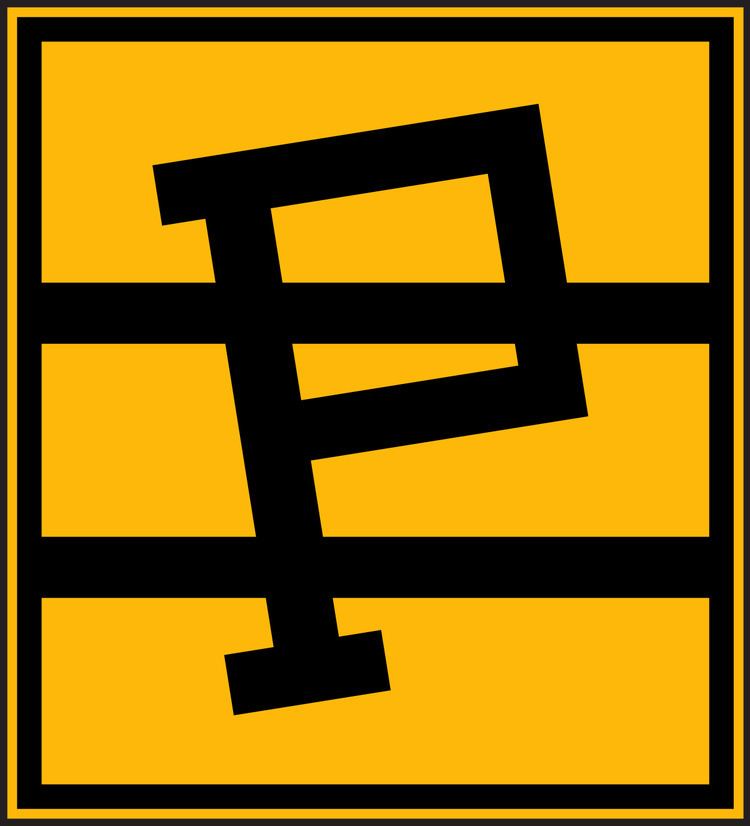 | ||
History Pittsburgh Yellow Jackets 1915–1921 (independent)1921–1925 (USAHA)Pittsburgh Pirates1925–1930Philadelphia Quakers1930–1931 City Pittsburgh, Pennsylvania Colors Black, gold, white, orange Media Pittsburgh Post-GazettePittsburgh PressKDKA (AM) Location Pittsburgh, Pennsylvania, United States Color Black, gold, white, orange | ||
Pittsburgh pirates nhl
The Pittsburgh Pirates were an American professional ice hockey team in the National Hockey League (NHL), based in Pittsburgh, Pennsylvania, from 1925–26 to 1929–30. The nickname comes from the baseball team also based in the city. For the 1930–31 season, the team moved to Philadelphia, Pennsylvania, and played one season as the Philadelphia Quakers.
Contents
- Pittsburgh pirates nhl
- Early days
- The Inaugural season
- 1926 1928
- Decline
- Relocation
- Historic firsts
- Logos and uniforms
- Hall of Famers
- Olympic winners
- 1920
- 1924
- Season by season record
- References
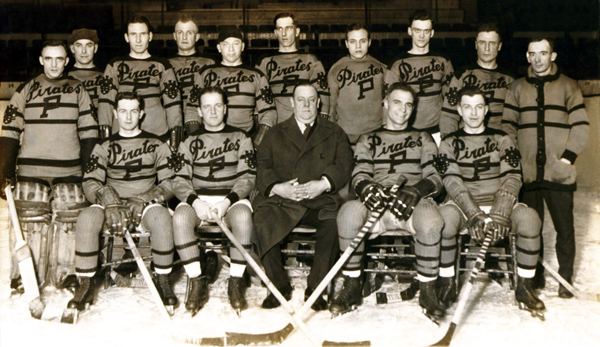
Early days
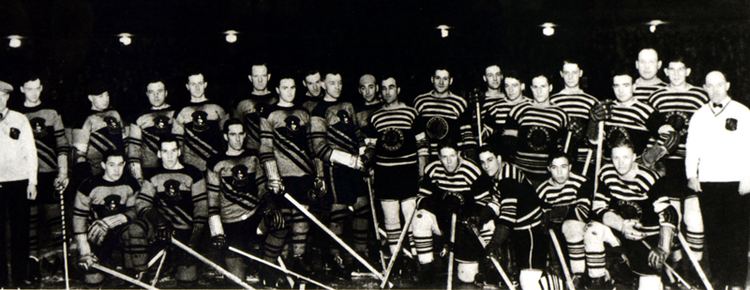
The Pittsburgh Pirates are traced back to the Pittsburgh Yellow Jackets of the US Amateur Hockey Association. The Yellow Jackets' owner was Roy Schooley, a former referee. Even though the team won the USAHA Championship in 1924 and 1925, Schooley encountered financial problems. His team was then sold to attorney James F. Callahan. Pittsburgh was granted a franchise by the National Hockey League on November 7, 1925. The move came after Eddie Livingstone, the former owner of the Toronto Shamrocks and the Toronto Blueshirts of the National Hockey Association saw Pittsburgh as a possible member for a proposed rival league to the NHL; Pittsburgh had, in the 1890s, been the first metropolitan area to professionalize the game of ice hockey. In order to thwart the new league, the President of the NHL, Frank Calder, negotiated to put a franchise in Pittsburgh, which become the seventh team to join the NHL as well as the league's third US-based team. Callahan then renamed his team the Pittsburgh Pirates, after he received permission from Barney Dreyfuss, the owner of the Pittsburgh Pirates baseball team.

The Pirates were assigned to what would later be called the NHL's American Division, with the Boston Bruins and the New York Americans. These two franchises were the only other American teams in the NHL at the time. The Duquesne Gardens, located in the city's Oakland neighborhood, served as the team's home arena. The Pirates, dubbed the "Mighty Steel City Sextet" in the Pittsburgh Press, were mostly leftovers from the former Pittsburgh Yellow Jackets. Ten former Yellow Jacket players would play for the Pirates.
The Inaugural season
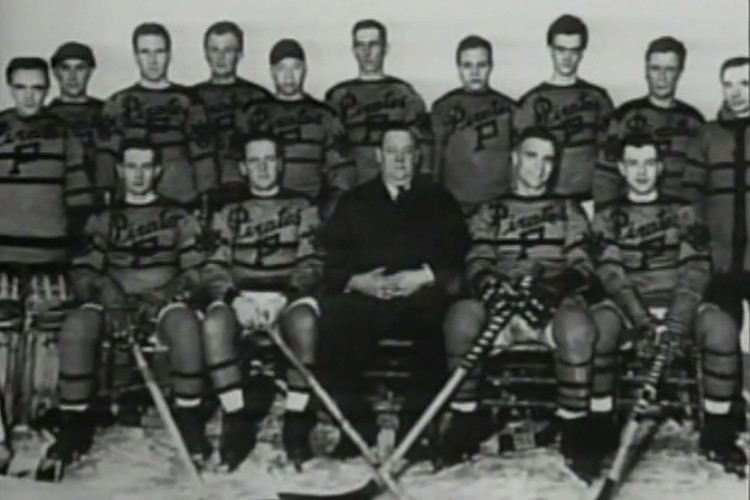
The Pirates began play during the 1925–26 NHL season. On November 26, 1925, Thanksgiving night, the Pirates defeated the Boston Bruins, 2-1, on the road in their very first NHL game, which was held at Boston Arena. Defenceman and captain Lionel Conacher scored Pittsburgh's first-ever NHL goal. Conacher beat Boston goaltender Charles Stewart at the 17:50 mark of the second period to tie the game at 1-1. Pirates left winger Harold Darragh notched Pittsburgh's first game-winning goal 9:20 into the third period, while Pittsburgh goaltender Roy Worters stopped 26 of 27 shots to record the first NHL win in franchise and city history.
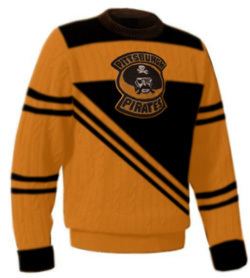
Two nights later, on November 28, 1925, the Pirates stunned the Montreal Canadiens, defeating them 1-0. The 1-0 loss to the Pirates marked the final game for legendary Habs goaltender Georges Vezina. Vezina started the game with severe chest pains and left the game during the first intermission with a high fever. He died four months later from tuberculosis. Meanwhile, the first NHL game ever played in Pittsburgh was on December 2, 1925, in which 8,200 fans paid $1.00 each to see the 8:30 p.m. faceoff at the Duquesne Gardens. The Pirates lost to the New York Americans in overtime, 2-1. Conacher scored the lone goal for Pittsburgh at 9:15 of the second period.
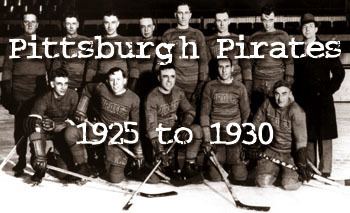
In 36 games, the Pirates posted an impressive 19-16-1 record for third best in the league. With a 0.542 winning percentage, that first season would arguably be the team's best. They made the playoffs their inaugural year. During the playoffs, the Pirates faced the Montreal Maroons in a best-of-three, semi-final Stanley Cup playoff series. However the team lost the series to Montreal in two straight games at the Duquesne Gardens. The Maroons would then go on to win the Stanley Cup.
1926-1928
In their second season, the Pirates missed the playoffs after finishing in fourth place. The Pirates' third season saw the team post a 19-17-8 record and earn a playoff spot. This playoff series would be based on a two-game total goal series format. In the playoffs, the Pirates were defeated by the New York Rangers, 6-4. The Pirates were defeated in Game 1, 4-0 and their 4-2 win in Game 2 could not overcome New York's lead in goals. This marked the second time the team lost in the first round to the eventual Stanley Cup winner. It would also turn out to be the last playoff game that the Pirates would play.
Decline
In 1928, financial problems forced James Callahan to sell the team to an ownership group which included Bill Dwyer, an early Prohibition gangster and bootlegger, and Benny Leonard, a fight promoter and ex-lightweight boxing champion, as his front man. Despite the sale of the team, things didn't improve on the ice for the Pirates. The team's coach, Odie Cleghorn left the team at the end of the 1928–1929 season to become a referee. Frank Fredrickson was then named the team's coach. Another major change came with the team's uniforms, as the Pirates' color scheme changed to black and orange.
The Pirates 1929-30 season was their fifth season in the NHL, and what would eventually be their last. The season saw the Pirates achieve their worst win-loss record with 5-36-3 record. With the stock market crash of 1929, followed by the Great Depression, the owners found themselves in financial difficulties. Attendance for games was down and the owners tried selling off their star players in order to make ends meet. The team was $400,000 in debt by the end of their final season and in need of a replacement for the aging Duquesne Gardens.
Relocation
On October 18, 1930, at the NHL Board of Governors meeting, Leonard moved the team across Pennsylvania, to Philadelphia, and renamed them the Philadelphia Quakers. However, Leonard's intention was to return the team to Pittsburgh as soon as a new arena was built. Thirteen players from the Pirates were transferred to the Philadelphia Quakers after Pittsburgh franchise relocated. These players were Cliff Barton, Harold Darragh, Herb Drury, Gord Frasier, Jim Jarvis, Gerry Lowrey, Rennison Manners, Johnny McKinnon, Hib Milks, Joe Miller, Rodger Smith, and Tex White. Frank Fredrickson was also transferred to the Quakers, but he was released by Philadelphia two days later. The Quakers posted a poor 4–36–4 record in 1930–31. The team then received permission from the NHL on September 26, 1931, to temporally cease operations as they sought a new permanent arena, located in either Pittsburgh or Philadelphia.
Meanwhile, the poor economy was taking a toll on the entire league. The Great Depression devastated the NHL as four teams were forced to fold, leaving behind just six teams. When a new Pittsburgh arena failed to materialize, Leonard surrendered his franchise in 1936. As it turned out, a new arena in Pittsburgh wouldn't be built until the Pittsburgh Civic Arena opened in 1961. The NHL would play with six teams for 25 years before deciding to expand. The expansion in 1967 brought the Pittsburgh Penguins to the NHL and the city of Pittsburgh and the orange and black uniformed Philadelphia Flyers to Philadelphia. The last active Pirates player was Cliff Barton, who played his last NHL game in 1940.
Historic firsts
The Pittsburgh Pirates have left their mark in the NHL record books and NHL history with many firsts and other notable achievements.
Logos and uniforms
The Pirates were the first team in Pittsburgh to use the black & gold color scheme, basing their colors around the Flag of Pittsburgh's colors. Decades after the team folded, the colors have become the team colors of all three of Pittsburgh's major sports teams. However, during the team's existence, they would be the only team in the city with the colors, as the Pittsburgh Pirates baseball team, like all other baseball teams at the time, had a more patriotic red, white, and blue color scheme and wouldn't adopt black & gold until 1948. Meanwhile, the NFL's Pittsburgh Steelers would not exist until 1933, three years after the team left town and two years after the franchise folded altogether.
The team not only borrowed the official city colors displayed on its seal, flag, fire hydrants, fire trucks and police cruisers, but literally "borrowed" their first logos from the city. In 1925, the Pirates founder and owner James Callahan was researching new uniforms and logos for the new team. He later called on his brother, a Pittsburgh Police officer, who provided him with old and surplus emblems, seals and patches for the Pirates to wear, all of them in the official city colors of "black and gold". Since Callahan's police officer brother provided used and surplus police wear to the team, the origin of the city's franchises use of "black and gold" originate, with the Pittsburgh Police Department.
The Pirates would later have a connection with Pittsburgh's next NHL franchise; the Pittsburgh Penguins. In January 1980, the Boston Bruins protested to the NHL over the Penguins proposed change in team colors, from blue and white to black and gold. The Penguins used the Pirates as an example of a NHL team, other than the Bruins, that used the black & gold color scheme. The NHL allowed the Penguins to change their colors as a result of the Pirates using these colors.
The Pirates wore bright yellow wool jerseys with black trim stripes with a "P" on the front of their jerseys during the 1925–1926 season. The team used the Pittsburgh's city crest emblems from older police jackets on the uniform sleeves. The first year jerseys appear to have been inherited from the Pittsburgh Yellow Jackets old jerseys. The Pirates featured new jerseys in 1928–29 that were gold with blue striping. The word "Pirates" written in arched, blocked lettering. The city crest on the sleeves was replaced with a "P".
In 1929–30, the Pirates switched to black and orange uniforms for their fifth and final season. The wool jerseys featured a chain-knit logo of a pirate face with an eye patch and hat with skull and cross bones. The jersey featured double striping on the sleeves and a diagonal background behind the crest. The orange and black remained when the Pirates moved across the state to become the Quakers, Philadelphia's first NHL team, adopting script lettering like the original Pirates' uniforms. When the Philadelphia Flyers joined the NHL in 1967, they adopted the orange and black colors first worn by the Pirates and Quakers.
Hall of Famers
Olympic winners
Members of the team who were also Olympic medalists
1920
1920 Olympic Games: Antwerp, Belgium
1924
1924 Olympic Games: Chamonix, France
Season-by-season record
Note: GP = Games played, W = Wins, L = Losses, T = Ties, Pts = Points, GF = Goals for, GA = Goals against, PIM = Penalties in minutes
